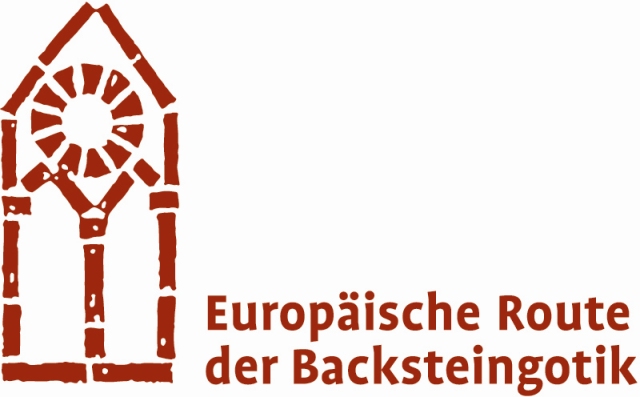

Association "European Route of Brick Gothic"

For centuries, the influence of the Hanseatic League shaped life along the coast of the Baltic Sea and further inland. In this region, the economy flourished in medieval times and civic consciousness and identity arose. Until today, gates and town houses, city halls ans monastries, hall churches and basilicas bear witness to power and prosperity of that time. Each structure is a masterpiece. The European Route of Brick Gothic connects this cultural heritage - 34 cities and regions in Denmark, Germany and Poland are your hosts!
Beyond Brick Gothic, there is a lot more to discover by culture addicts, visitors seeking recreation and time travellers: solitary iceage landscapes, picturesque lakes, forests and rivers, cliffs, beaches and sand dunes, coasts and windlashed shallow bays, castles, ruins, palaces and manors from a variety of eras. And a tower of a brick church always looks out from behind some trees. The church is probable Gothic - Brick Gothic.
This is because Brick Gothic has left its mark on the landskape. Religious and secular buildings tell a common story, characterised by upheavals from the 13th century on: the golden age of the Hansatic League, the founding of monasteries and cities, the construction of castles by knight' orders, the significance of the Baltic Sea in the medieval Europe. The following centuries brought many ups and downs - with times of prosperity and of devastation. Many of the magnificent Brick Gothic monuments withstood these tumultuous times. Yet it is only recently that visitors have been able to experience, along the "European Route of Brick Gothic", how cities and countries around the Baltic Sea are interwoven with each other due to their cultural history.
The cultural heriatage of Brick Gothic is easily recognisable and an outstanding characteristic of the region. It glows red in the sun, is always visible, simple yet grandiose, artistically accomplished, and brimming with history and stories. Brick Gothic structures outlived dozens of religious and worldly leaders, are older than the oldest universities, were models for Caspar David Friedrich and Lyonel Feininger. They are today the cultural counterpoints to spas, cycling, golf, hiking abd aquatic sports.
The European Rout of Brick Gothic opens up opportunities for regional and local development. It aims at the maintenance and fosterage of the significant cultural heritage of Brick Gothic and thus, helps to support local economies. Especially the tourism sector and related businesses benefit from these activities.
The European Rout of Brick Gothic is a result of two different INTERREG III B projects of the German Association for housing in 2007.
- www.eurob.org (German)
- Die Europäische Route der Backsteingotik bei Facebook (German)
Bildnachweise von links oben nach rechts unten:
© EuRoB; © EuRoB





